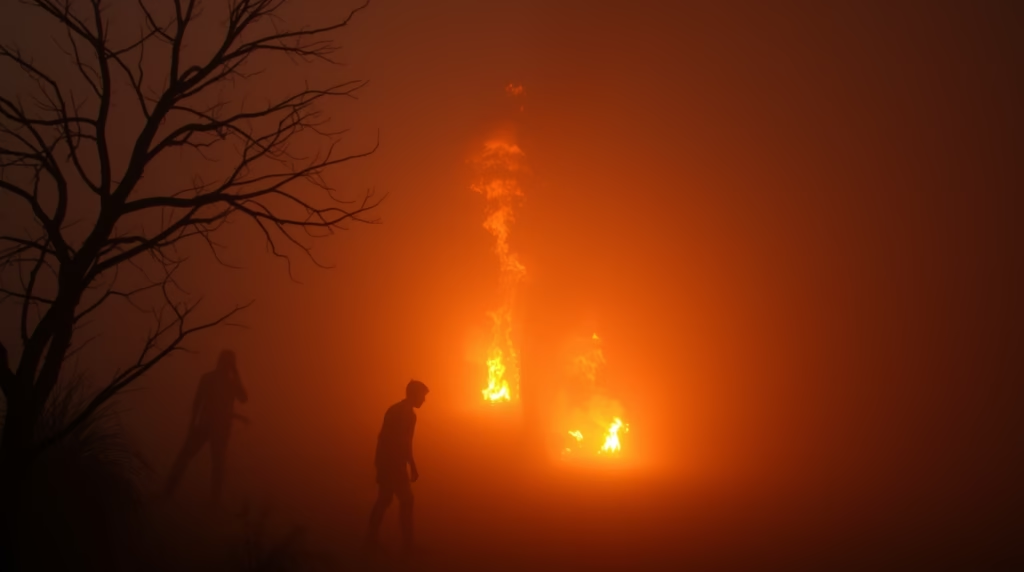Understanding Holashtak 2025
In the vibrant tapestry of Hindu festivals, Holi, the celebration of colors, heralds the arrival of spring and the triumph of good over evil. Preceding this joyous occasion is a unique eight-day interval known as Holashtak, observed particularly in North India. This period, viewed by many Hindu communities following the Purnimant calendar as less auspicious, serves as a time for introspection and preparation.
Holashtak commences on the eighth day of the waxing lunar phase (Shukla Paksha Ashtami) in the month of Phalgun and culminates on the full moon day (Purnima). In 2025, this period spans from Friday, March 7th, to Thursday, March 13th. During these eight days, a significant portion of the community opts to refrain from undertaking major auspicious activities, choosing instead to focus on spiritual pursuits and ready themselves for the jubilant festivities of Holi.
Holashtak 2025: Key Dates
- Beginning: Friday, March 7th, 2025
- Conclusion: Thursday, March 13th, 2025
Practices and Observances During Holashtak 2025
The commencement of Holashtak marks the initiation of preparations for the symbolic bonfire, Holika Dahan. A distinctive tradition observed during this time involves the decoration of tree branches. Residents attach pieces of colorful fabric to branches, which are then partially buried in the ground. In certain communities, these adorned branches are later incorporated into the Holika Dahan pyre, contributing to the festive atmosphere.
Furthermore, the daily accumulation of wood for the Holika Dahan bonfire begins on Phalgun Shukla Paksha Ashtami. Small quantities of wood are collected and stored at a designated location each day, building up to the final pyre on the eve of Holi. This gradual process symbolizes the gathering of negative energies, which are then symbolically burned away.
It is also regarded as an opportune time for acts of charity. Individuals are encouraged to engage in generous donations, offering items such as clothing, food, monetary contributions, and other necessities based on their capacity. This practice of giving is believed to bestow blessings and foster a sense of positivity, thereby preparing the individual for the joyous festival of Holi. The culmination of the nine-day Holi festival is marked by the celebration of Dhuleti, the day of colors.

Restrictions and Prohibitions
During rituals, it is generally advised to avoid initiating significant life events and new ventures. This encompasses a range of important ceremonies, including weddings, engagements, and naming ceremonies. Postponing these events until after Holashtak is considered prudent.
Similarly, the acquisition of substantial assets, such as real estate (houses, plots of land) and vehicles, is typically deferred during this period. It is believed that undertaking such transactions during Holashtak may not yield optimal outcomes.
Specific ritualistic practices are also discouraged during this time. For instance, the performance of Yagya Havan, a sacred fire ritual, is generally avoided. However, this ritual can be conducted before or after the Holashtak period.
Furthermore, it is recommended to delay career-related transitions, such as changing jobs or commencing new employment, until after Holashtak. Starting a new business venture is also considered inauspicious during this eight-day interval. Instead, it is advisable to launch such ventures before or after the ritual.
By adhering to these guidelines and postponing significant decisions and events, individuals aim to ensure a more favorable and prosperous outcome. The period of Holashtak, therefore, serves as a time for reflection, preparation, and spiritual focus, allowing individuals to cleanse themselves of negativity and prepare to embrace the joyous celebrations of Holi with renewed vigor and positivity.
In essence, Holashtak is not merely a period of restrictions but a time for spiritual refinement and preparation. It provides an opportunity to engage in acts of charity, reflect on one’s life, and prepare for the celebration of good over evil. By understanding and respecting the traditions associated with Holashtak, individuals can navigate this period with mindfulness and emerge ready to embrace the vibrant festivities of Holi. This period is a pause to gather spiritual energy before the great celebration.
more NEWS Click HERE